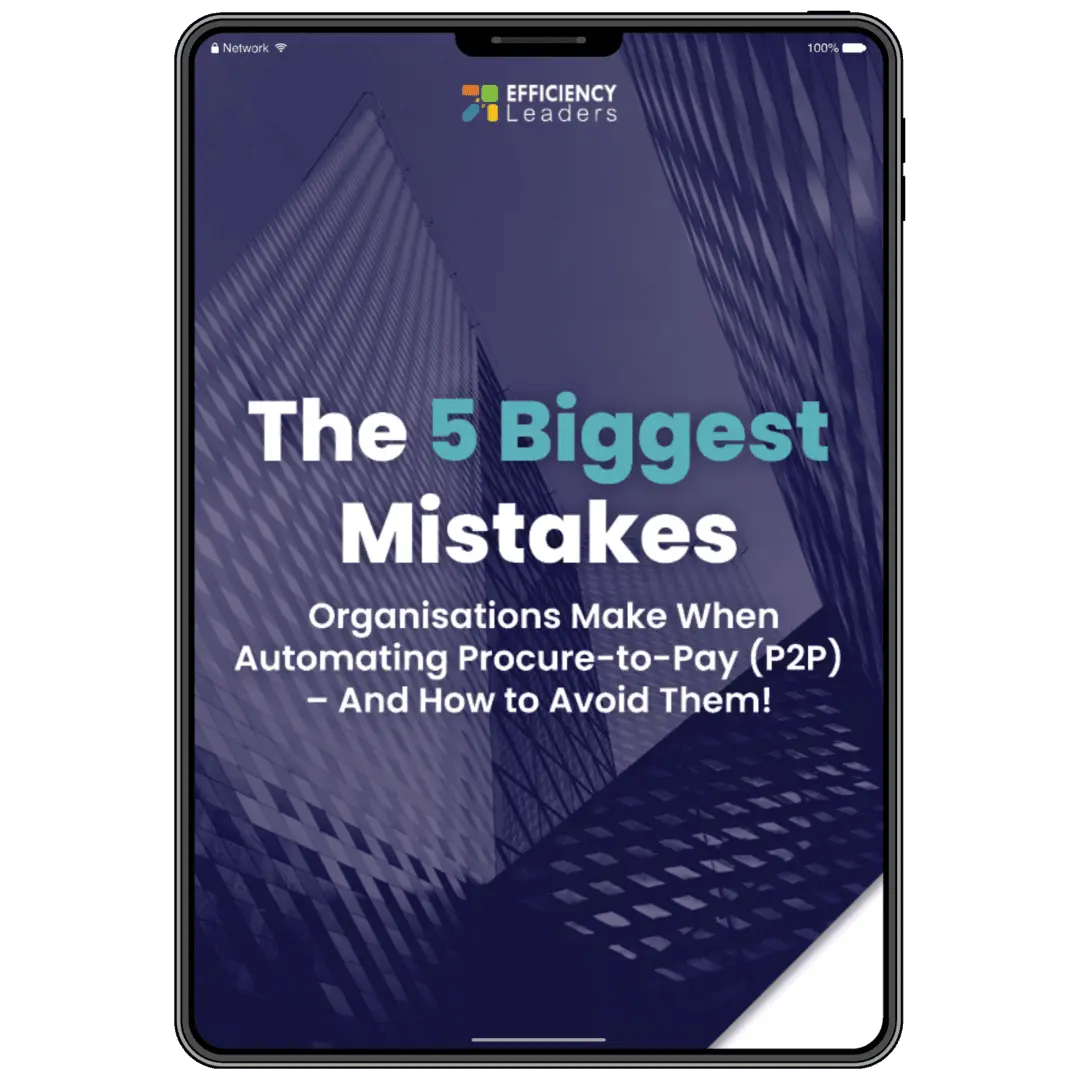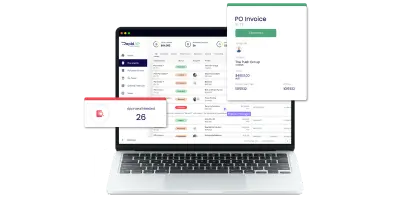
Accounts Payable Invoice Processing – Best Practices
If you want to dive into accounts payable invoice processing for your business or just feel the need to leverage your existing set up, this article is going to be your guide to help you implement some of the invoice processing best practices and avoid unseen traps. Read on to learn more.
What is Accounts Payable Invoice Processing?
The management of bills from arrival to payment is, in essence, invoice processing. To guarantee that payments are made precisely and on schedule, it compares purchase orders and payment terms with invoices.
Because it controls the movement of funds inside an organisation, it is therefore an essential component of a firm. When properly implemented, businesses can receive better terms for payments, more affordable prices, or even discounts for making on-time payments.
“But here’s what’s actually happening – many organisations are doing it incorrectly and putting themselves at a lot of risk.”
Accounts Payable Invoice Processing Best Practices
1. Never Delay or Postpone.
Although nobody enjoys paperwork, it has to be done. Plan out the days and hours in your week to complete the task at hand. If nobody has the time to do it, you may need to hire more employees or modify your process (see to tip 7).
2. Stay Organised
That one seems simple enough, but in practice it may not seem so at all. Being organised in invoice processing does not include making separate folders for paid and unpaid bills and coloring them differently. You must first confirm that you have a policy in place that calls for particular data. Basically, you must establish a workflow that involves your whole team and demand of your suppliers that all invoices have a valid Purchase Order (PO) number, account number, name, etc.
3. Go with the Same Coding Standards
Well, this may have already been implemented in your firm, but based on our observation, a lot of companies find it hard to use a unique coding standard along with their team.
4. Establish Several Levels of Access
You already have the coding standards and the workflow. It’s time to configure the various access levels. Whether or not you trust your team is unrelated to this. It’s just granting the appropriate user the right access. Sometimes, when the system does not accept a manual invoice number, we have witnessed numerous businesses allowing their whole workforce to enter it. This undoubtedly results in errors, duplications, and extra expenses. In other words, use caution and assign the tasks to several employees or departments.
5. Prioritise Settling Conflicts or Disputes
The process of settling disputes forms the foundation of accounts payable invoice processing. This may occur for a variety of reasons. Issues like mismatched account numbers, different amounts, etc., must be resolved as soon as they arise. If you don’t, chances are that you may become distracted by other duties and lose track of these issues, which could later affect the payment date.
6. Stay Away from Late Fees
Do resist the urge to pay a little bit later. Vendors frequently impose late fees, which may damage your current or potential future business relationship with them. What’s worse? You may have to pass on the chance to get better credit from them in the shape of more funds or more accommodating terms for payments.
7. Automate Your Accounts Payable Invoice Processing
Do you want to put an end to the hassles associated with manual and endless data entering and the never-ending concern about making mistakes? When automation takes over, your staff will have much-needed breathing room as your accounts payable invoice processing becomes much more seamless. The best part? Real-time financial data insights enable you to take prompt, well-informed decisions. Additionally, with uniform processes, managing compliance becomes a piece of cake. Here’s the really shocking part: efficiency isn’t the only factor. It’s all about making significant cost savings, satisfying your suppliers, and having a flexible finance structure that expands with your company. Are you considering simplifying your accounts payable process? The future belongs to automation.
“You could save 70% to 90% of your costs by going digital”
As a final word of advice, if needed, you should work with your team of experts and/or a third-party professional to implement the complete procedure. Establish the ground rules for the business, communicate to all stakeholders the significance of this area of the company, designate roles clearly, establish a simple workflow, and be explicit about the information you require from your suppliers. You may raise your standards for other people if you do your share.















